
How Will Climate Change Transform Agriculture?
By combining climate and yield projections with the IIASA Global Biosphere Management Model, researchers say they have identified the likely needed adaptations and transformations for global agricultural systems.
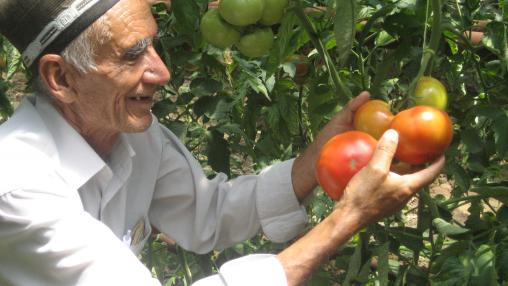
Food Safety Standards: A Double-Edged Sword?
In developed countries, talk of food safety regulations centers on public health – how to prevent outbreaks of food-borne illness and ensure high quality, nutritious food. For developing countries, though, increasing food safety regulations in food-importing countries can have significant economic implications as well. On the one hand, complying with higher food safety standards can be prohibitively costly, making it difficult for small farmers to access lucrative, high-value markets.
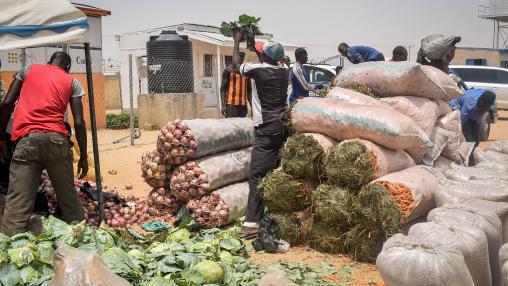
FAO Releases Latest Monthly News Report on Grains
The June edition of the FAO Monthly News Report on Grains was released today. The report covers ongoing global and regional trends in grain prices and policies. This month's edition covers global grain stocks at a 15 year high, the potential impact of changing weather patterns on wheat production, and Brazil's proposed tariff-free wheat import quota.
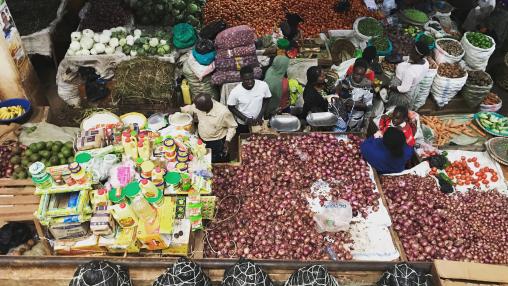
FAO Sees Food Prices Fall for Second Consecutive Month
The FAO Food Price Index for May was released yesterday and is down 2.5 points from April, and nearly 7 points from May 2013. This is the second decline in a row, following the ten-month high reached in March. The decline is driven mostly by lower dairy, cereals, and vegetable oils prices.
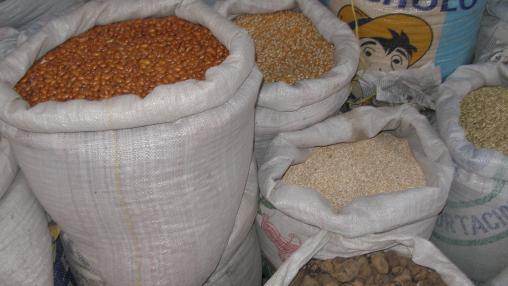
FAO Monthly News Report on Grains Released
The May edition of the FAO Monthly News Report on Grains was released last week. The report covers ongoing global and regional trends in grain prices and policies. This month's edition covers above-average US wheat sales, increased wheat production expectations in India, and the impact that El Nino could have on crops.
The FAO Monthly News Report on Grains series provides a collection of news articles from international media and news sources on issues relating to the international grain economy. These reports also include statistics and upcoming events.

Exploring the Link Between Food Prices and Violence
So-called "food riots" have gotten a lot of attention in recent years, but what role do food and food prices actually play in violent demonstrations and conflicts? The May issue of the World Bank Food Price Watch finds that the relationship between food and violence takes several forms, involving not only food prices but also food supplies and competition over agricultural and infrastructure resources.
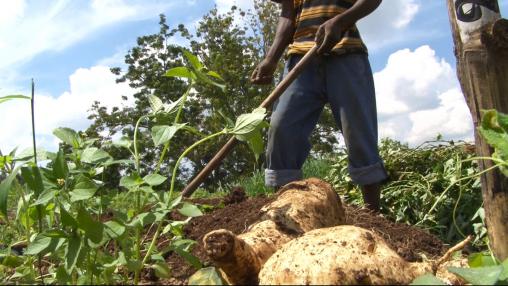
Food Prices Rise Sharply in March
Food prices spiked in March, according to the latest FAO Food Price Index, released this week. The Index rose 4.8 points from February and is at its highest level since May 2013. The increase is due largely to poor weather and continuing unrest in the Black Sea region. Cereal and sugar prices gained the most this month.
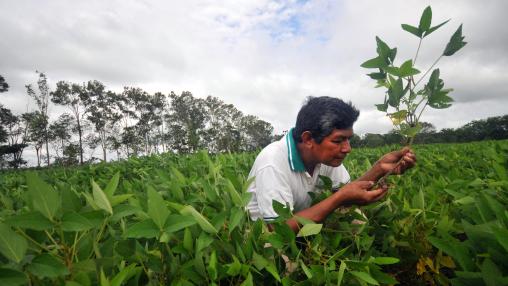
FAO Food Price Index Rebounds in February
In the sharpest rise seen since mid-2012, the FAO Food Price Index increased by 5.2 points, or 2.6 percent, in February. The rebound was driven by rising prices across all sectors of the Index, with the exception of meat. Despite this rise, however, the February Index remained 2.1 percent lower than one year ago.
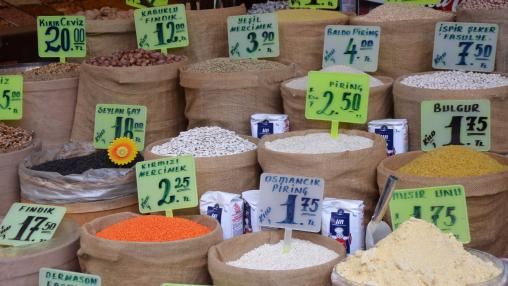
FAO Food Price Index Down in January
The latest FAO Food Price Index was released on January 9, citing a slight drop from December. At 203.4 points, the Index was 4.4 percent lower than its January 2013 level.
The Cereal Price Index also dropped by 3 points in January, down a full 56 points from its January 2013 level. This decline can be attributed largely to bumper cereal crops and subsequent large export supplies, which helped reduce prices from the highs seen in 2012 and 2013.
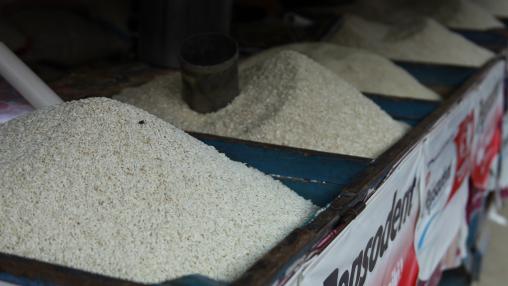
Rice, Maize, Wheat Prices Stable in December
The latest FEWS Net Monthly Price Watch was released this week, citing stable international maize, rice, and wheat prices in December. Maize prices were over 30 percent lower than their December 2012 levels; global maize stocks are expected to hit their highest levels in over a decade due to near-harvest records in the United States, high stocks in South America, and decreasing overall use estimates. World soybean and palm oil production are also expected to reach record levels in 2013-2014. Soybean prices in December were below their 2012 levels.